FYI: Ohm's Law really is only valid for resistors.*
A rough model of a single cell within a solar panel looks like this:

simulate this circuit – Schematic created using CircuitLab
The I1 component is a current source. It behaves nothing like Ohm's Law. The current through a current source is constant. It is completely independent of the voltage. \$I_1\$ is the photo current that is induced in the solar panel by sunlight, and its value depends only on the brightness of the light.
R1 Represents "leakage." R1 effectively has a very high value, and we can ignore it here.
R2 represents internal resistance. Everything has internal resistance. We will assume that the value of R2 is low enough that we can ignore it also.
D1 represents the fact that a solar cell literally is a giant silicon PN diode. A diode's behavior also is nothing like Ohm's Law.
If the solar cell is not connected to anything, then the only path for the \$I_1\$ current is through the diode, D1. (Remember, we're pretending that the value of R1 is high enough that we can ignore it.) The voltage between Out+ and Out- in that case will be the forward voltage drop of the diode which, for a typical solar cell, is around 0.5V.† That is to say, the "open circuit voltage" of a single cell is around 0.5V.
No current flows through the external circuit when it's an open circuit (obviously, because there is nothing there for current to flow through), and so no power is delivered.
If the solar cell is shorted out, then the output voltage is zero.‡ No current flows through the diode in that case, and all of the current flows through the short circuit. But, again the power delivered is zero because power is current times voltage, and in this case, we've got no voltage.
Somewhere in between those two cases (open circuit or short circuit) we've got both current flowing at the output, and voltage across the output, and the cell is delivering actual power. The operating point (current and voltage) that delivers the most possible power is called the "maximum power point" (MPP). \$I_\text{mpp}\$ will be pretty close to \$I_1\$, and \$V_\text{mpp}\$ will be pretty close to 0.5V, but figuring out the exact values is where where R1 and R2 come in to play, and that's not where I'm going today.
How is the "Amperage Rating" on Photovoltaic Panels derived?
I don't know about "amperage rating." I only know about short-circuit current (as described above.) I have not heard of any solar panel that cannot tolerate being shorted out in full sunlight.
* Also, for conductors, which actually behave exactly like very low-value resistors.
† That's last time I checked, which is maybe a long time ago.
‡ The voltage across an ideal short circuit (like, shorted by a superconductor) is always zero.
